| This spring might be a weird one, with being in social isolation and travel restrictions preventing me from going out in search of Dragonflies and Damselflies. Yet what a difference a month can make! Last month I caught the dreaded Covid virus and was restricted to lying in bed. This month I’m out in my garden looking for whatever wildlife I can find. Spring has definitely sprung and I consider myself lucky to be alive and return to some semblance of normality. What better way to do this than to step outside into my garden and start exploring the world of nature waiting beyond my doorstep. Hurray! |
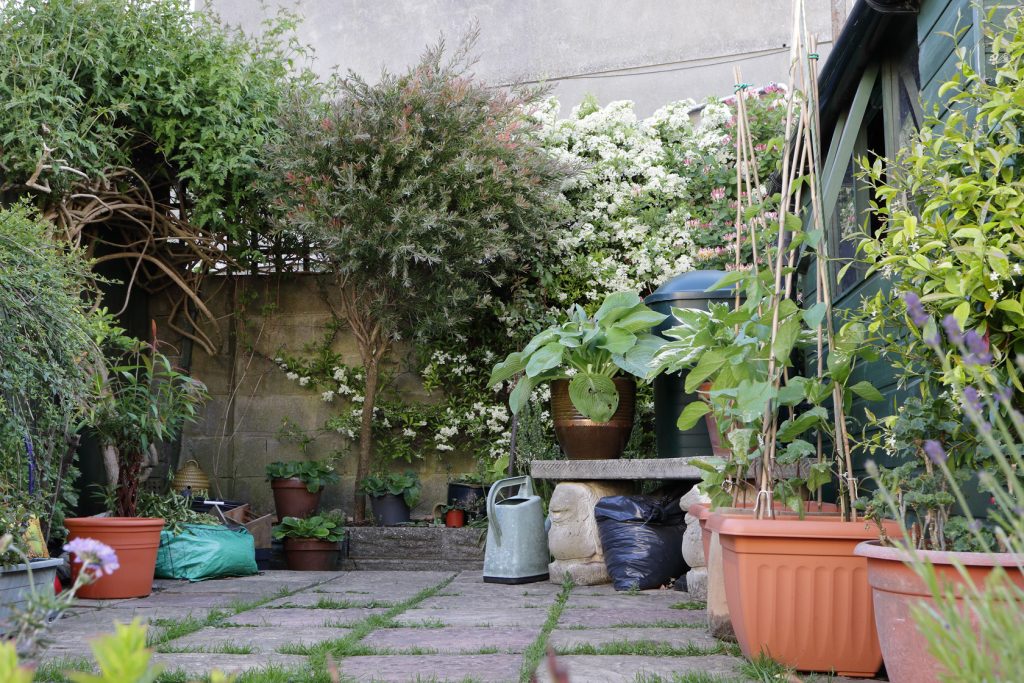
My garden is small, approximately 12×10 meters of paving slabs covered with all-types of pots and plants
| We can all enjoy wildlife in our gardens, whether we have a rambling field sized plot or a balcony or window box. There are so many things we can all do to help wildlife such as going peat free or creating our own wildlife garden. My garden is small, approximately 12×10 meters of paving slabs covered with all-types of pots and plants. Running along the back fence there is jasmine, pyracantha and honey-suckle, all in flower and attractive to all kinds of pollinating insects, such as bees and moths. The honeysuckle is particularly good for attracting the elephant hawk moth, the most beautiful of moths. On the other hand, the jasmine is liked by the migrant hummingbird hawk moth. I was lucky enough to have seen one last year, suspended in the air with its long tongue probing for nectar within the jasmine blossoms. Squeezed into this space there is also a Bottle Brush Tree. When in blossom, it has the most striking of flaming red flowers. Growing underneath all this is the predominant Spanish Bluebells along with other wild flowers, such as the ubiquitous valerian. |
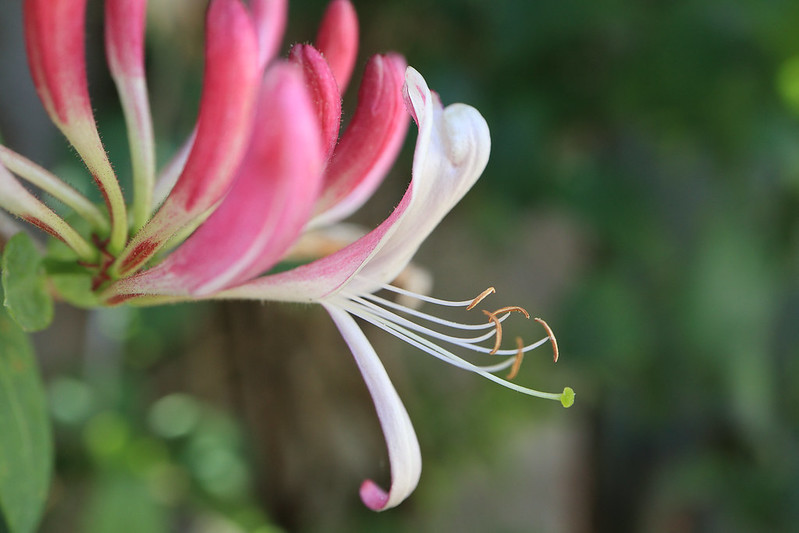
Above: The honey suckle blossoms attract night-flying moths.
Below: Back wall is covered with jasmine, pyracantha and honey suckle, providing a rich pollen harvest for all kinds of insects.

| There is a stone wall running along the sides of the garden. On one side we have a holly bush, which is great for attracting the Holly Blue butterfly. This butterfly likes to lay its eggs on Holly (hence its name) and is a frequent visitor to my garden. On the other adjacent wall you can see my shed with small potted oak trees and a water feature with pump. I have this turned on most of the time during fine weather, as I love the sound of trickling water. |
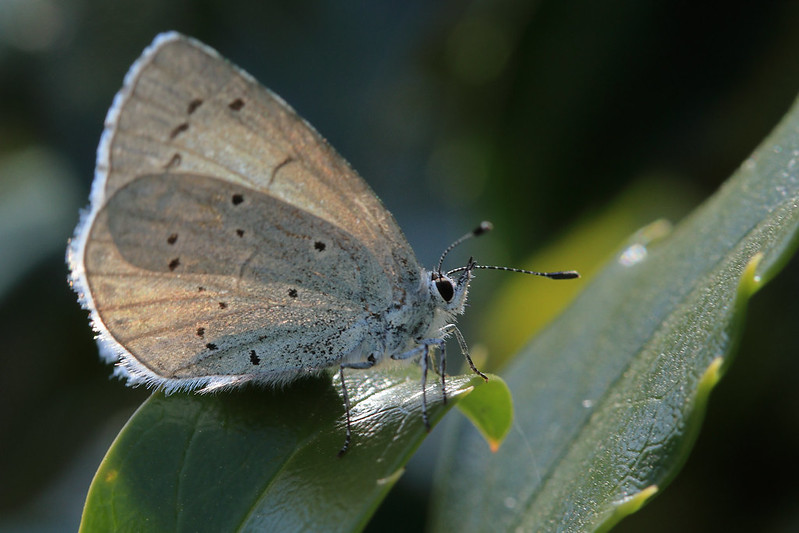
Holly is the favourite egg laying plant of the Holly Blue butterfly
| All these plants and insects make wonderful subjects and photos are brilliant as they enable me to verify what I saw and help with any identification queries. Photos are also a great learning tool, as I can zoom in on them and really get my eye in on those key species identification details. |
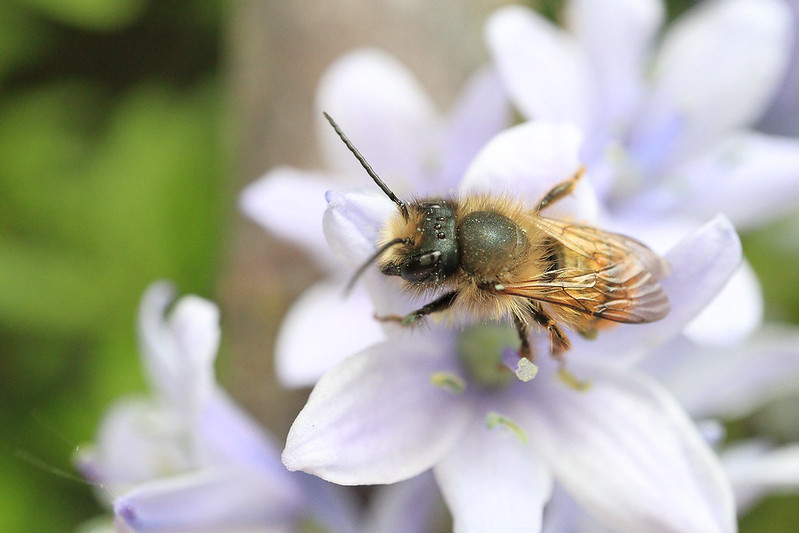
Mason Bees are great pollinators. Resting on Blue Bell.
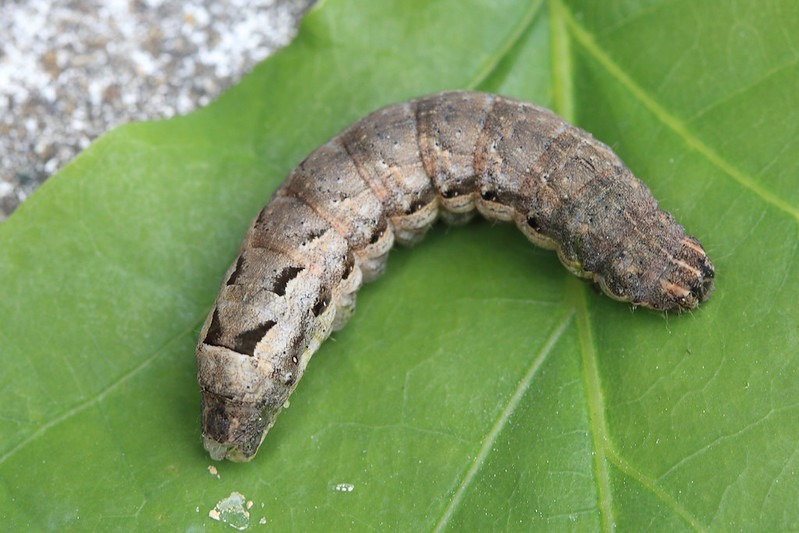
Photography along with a field guide are indispensible guides in establishing identification at species level.
My Field Guide to Caterpillars indicates that this is a Large Yellow Underwing (Noctua pronuba).
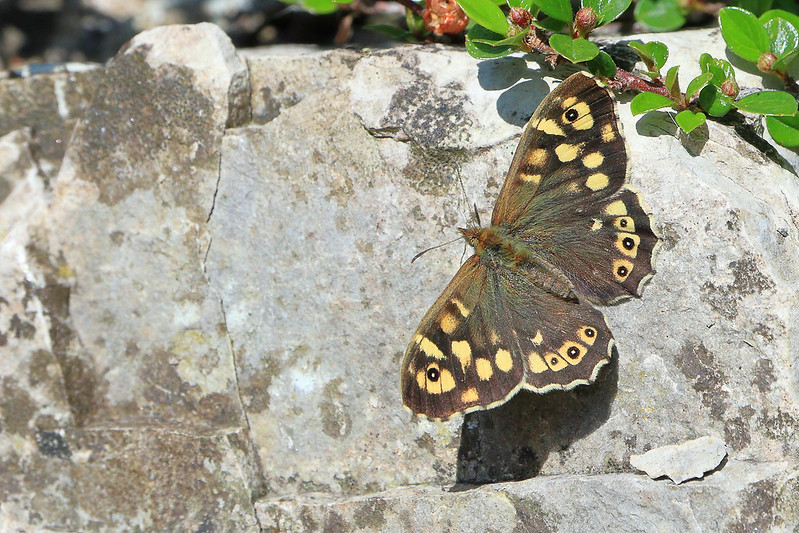
The garden wall absorbs heat from the sun, providing a warm platform for butterflies, such as this Speckled Wood (Pararge aegeria).

Ichneumon Wasp (Ichneumonidae) – The ovipositor of ichneumonoids generally cannot deliver a sting as many wasps or bees do. It can be used to bore wood and lay eggs on hosts deep inside, or reach hosts hidden inside leaf shelters. Upon hatching, the larva feeds either externally or internally, killing the host when it is ready to pupate.
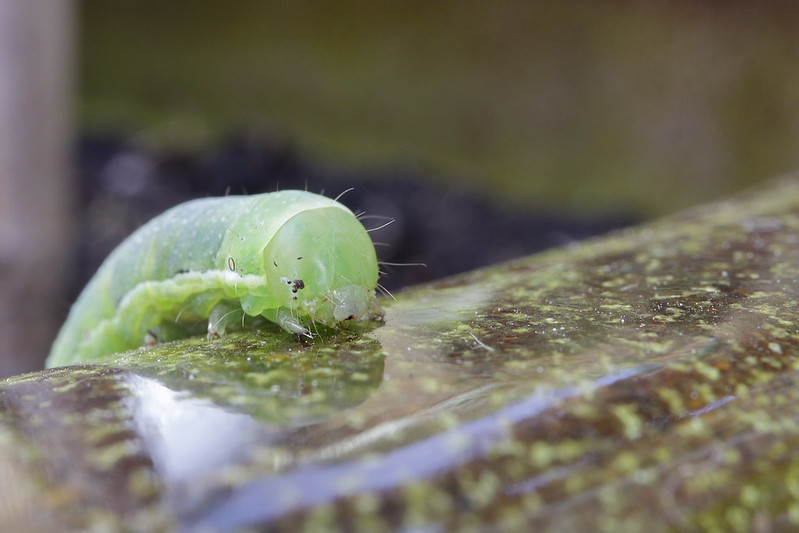
Above: Hebrew Character (Orthosia Gothic) – making a great escape from garden pot.
Below: Hebrew Character (Orthosia Gothic) – climbing up rose stem.
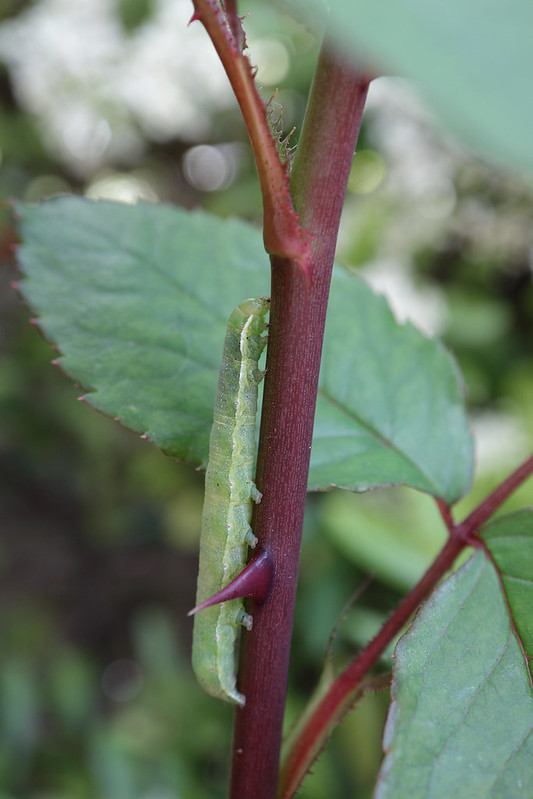
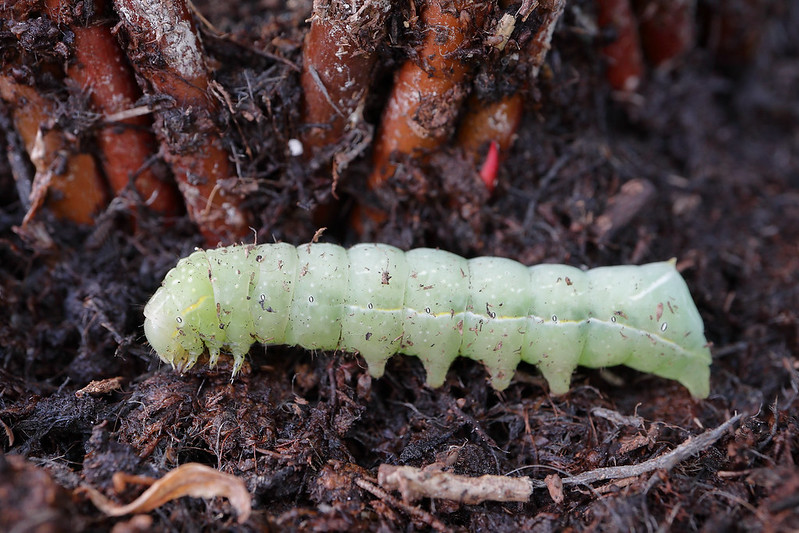
Copper Underwing (Amphipyra pyrtamidea) – Late larval stage, looking for a suitable place on the soil in which to pupate.
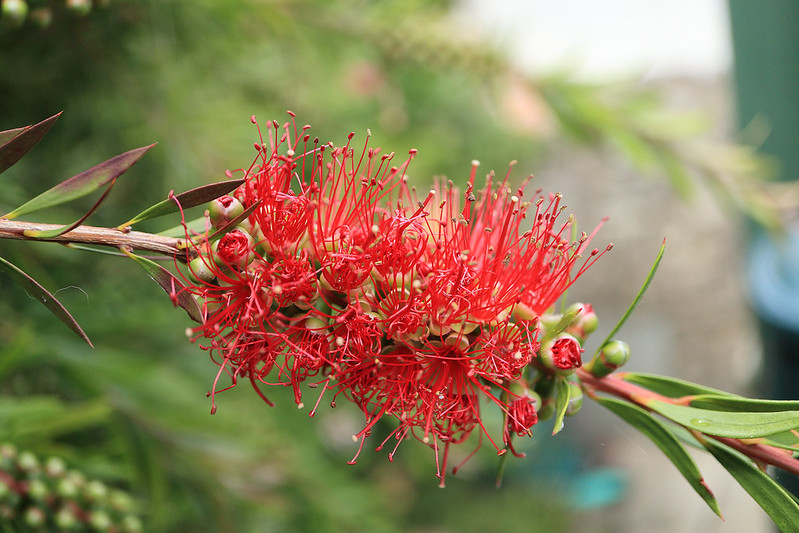
Above: Bottlebrush (Callistemon citrinus)
Below: Bottlebrush (Callistemon citrinus) – macro showing what could possibly be an insects point of view.
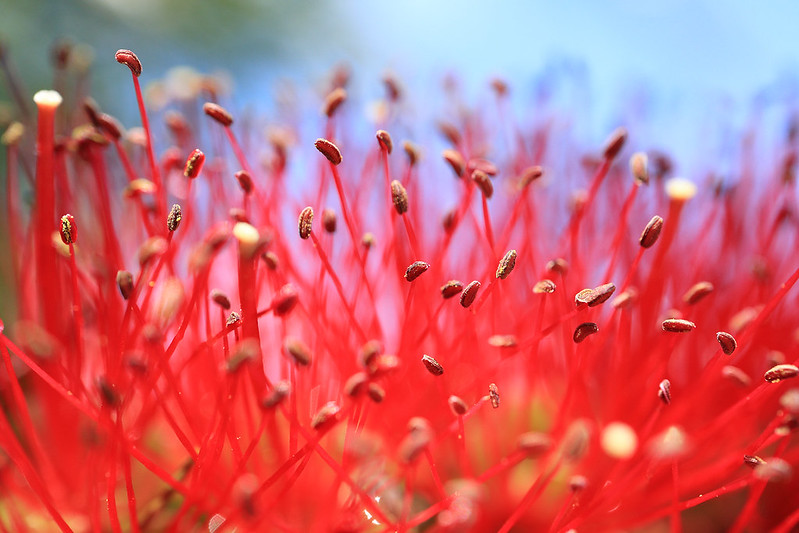
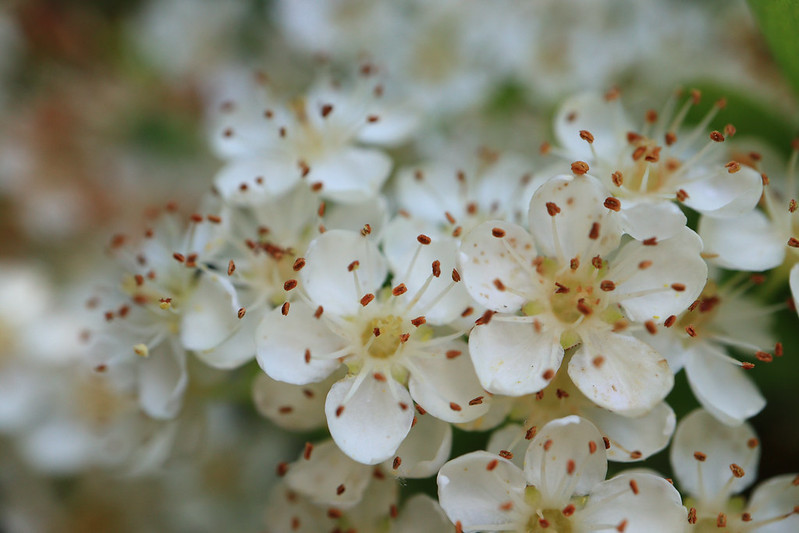
Firethorns (Pyracantha) blossoms

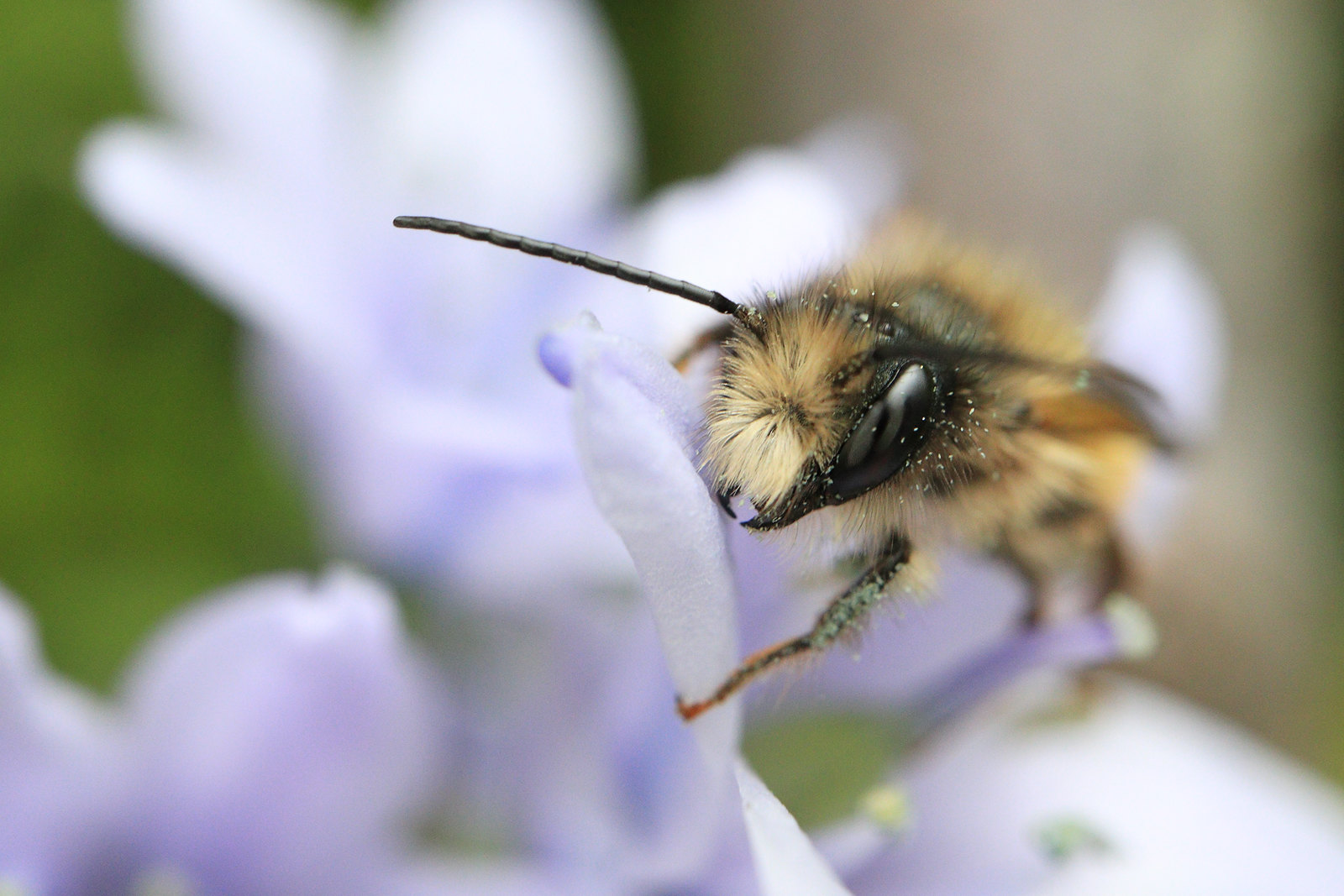
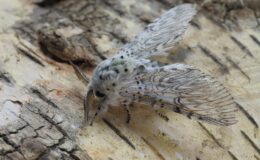
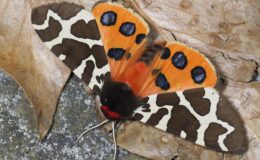
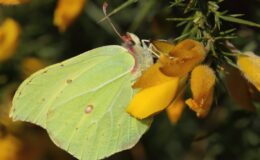
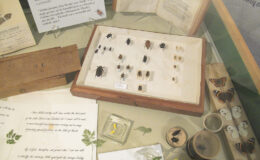
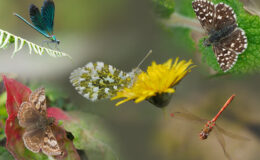
Leave a Comment